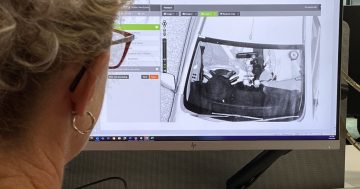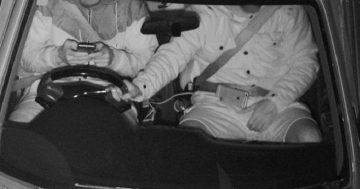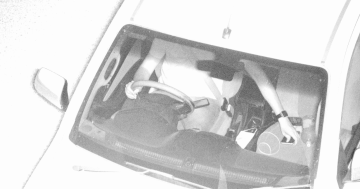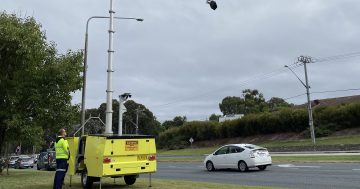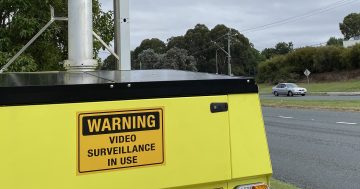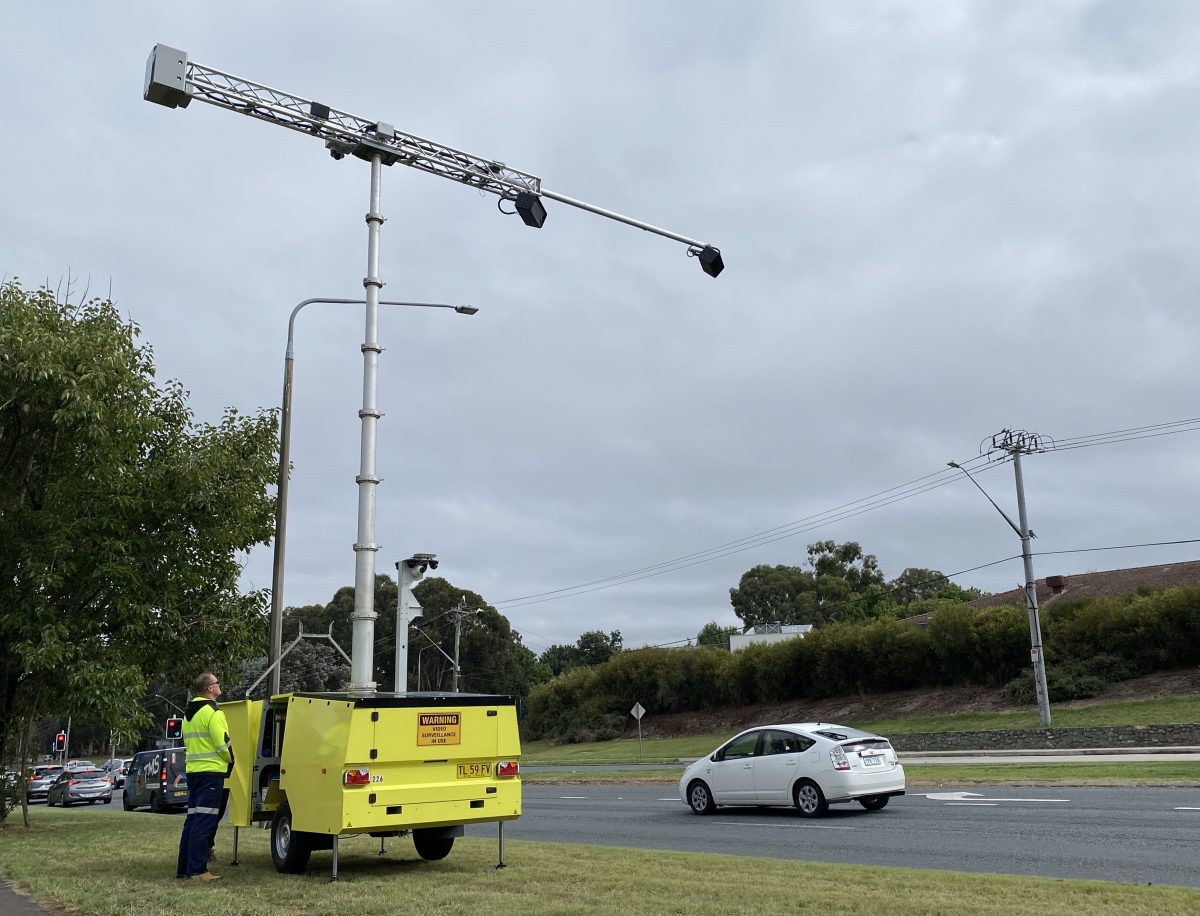
Warning notices for those caught breaking the law by the ACT’s mobile device detection cameras won’t start being handed out until towards the end of the year. Photo: Claire Fenwicke.
More than 100 drivers on Canberra’s roads are being spotted by new mobile device detection cameras each day – but that’s not the only crime it’s hoped they’ll pick up.
Additional features are planned to be added to the cameras from 2025 to enable them to detect speeding and seatbelt offences, as well as unregistered vehicles, as part of the next ACT Road Safety Action Plan.
A government spokesperson said the community would be updated on precisely when these changes would take effect.
“Similar to when speed cameras were first introduced, the technology associated with these new mobile device detection cameras has improved,” they said.
“The ACT is planning to implement these additional capabilities progressively on our road network throughout 2024-2026.”
The original plan had been to move from the testing stage to handing out warnings by the middle of this year, with fines to be issued from October.
However, this timeline has been altered in an effort to make sure every Canberran is aware that the cameras are out there, given the staggering amount of people still being busted on their phones.
Education awareness campaigns about the new mobile detection cameras have been running since they were introduced in February, with the warning period now expected to begin in the fourth quarter of this calendar year.
Fines are expected to start landing in people’s mailboxes from next year.
“We have been conducting extensive community campaigns to make sure Canberrans are aware of the new mobile phone detection technology and their responsibility to drive safely and legally,” the government spokesperson said.
“Given the importance of educating the community, warnings will be issued to ensure people are given an opportunity to change their behaviours, including installing hands-free technology in their cars, before fines start.
“We will continue to do this ahead of the detection of other offences … [which will be staggered] to allow for community education and the significant internal development of new systems to support the roll-out of this new technology, which is being implemented, trialled and considered in other jurisdictions.”
Warnings and fines will only be for inappropriate use of mobile phones at this stage in the rollout.
There are two fixed mobile device detection cameras on Hindmarsh Drive and Gungahlin Drive, with transportable cameras also able to be moved around the Territory.
In the time since the cameras were first switched on on 14 February to 17 June, the roads with the highest number of offences (per traffic volume) have been Haydon Drive, Belconnen (0.71 per cent detection rate), Flemington Road, Mitchell (0.57 per cent), and Horse Park Drive, Forde (0.56 per cent).
While the most compliant motorists appear to favour Ginninderra Drive, Evatt (0.24 per cent detection rate), Athllon Drive, Greenway (0.25 per cent), and Coulter Drive, Cook (0.25 per cent).
The highest rate of detections each day has been occurring along Parkes Way, Acton, with an average of 66 offences picked up, followed by 64 offences each day on the Tuggeranong Parkway at Molonglo Valley, and 56 offences each day on Horse Park Drive, Forde.
Detection rates may seem low when compared to the volume of traffic, however they can account for dozens of mobile phone offences each day.
Given a person travelling at 60 km/h travels 33 metres blind when looking at their phone for two seconds, distracted driving is a key priority for ACT Policing as one of the Fatal Five.













